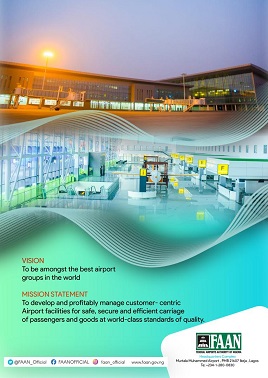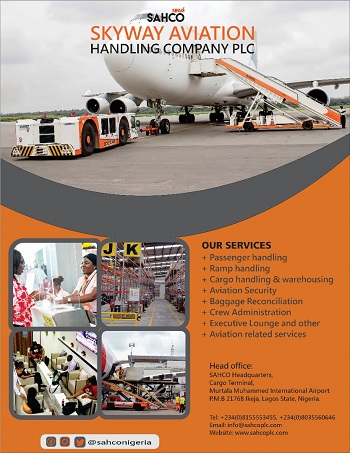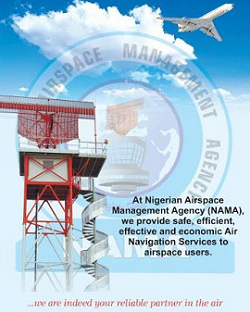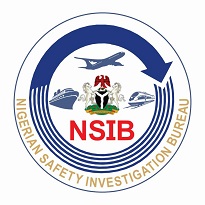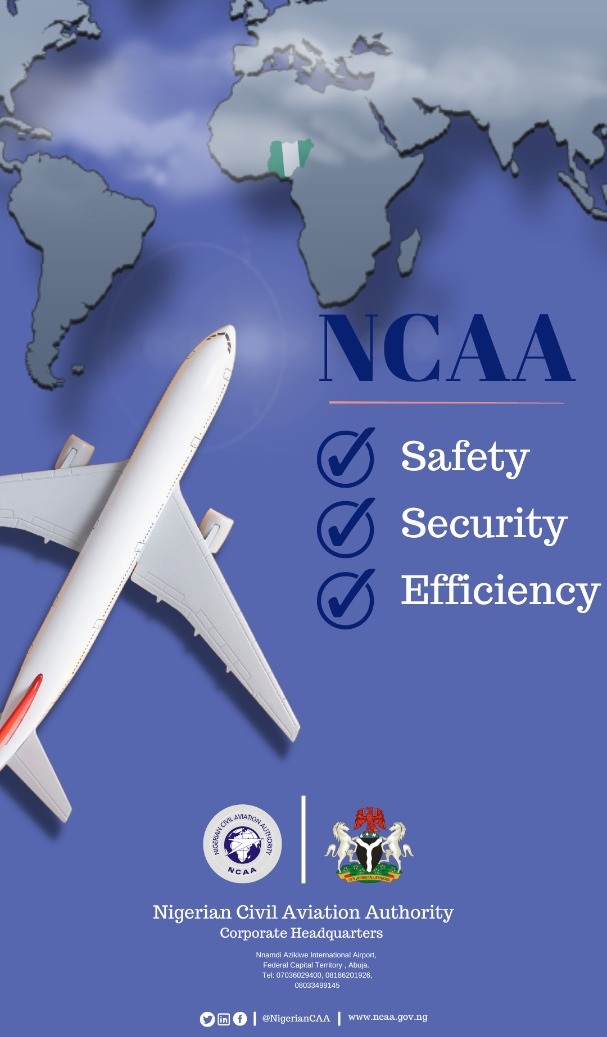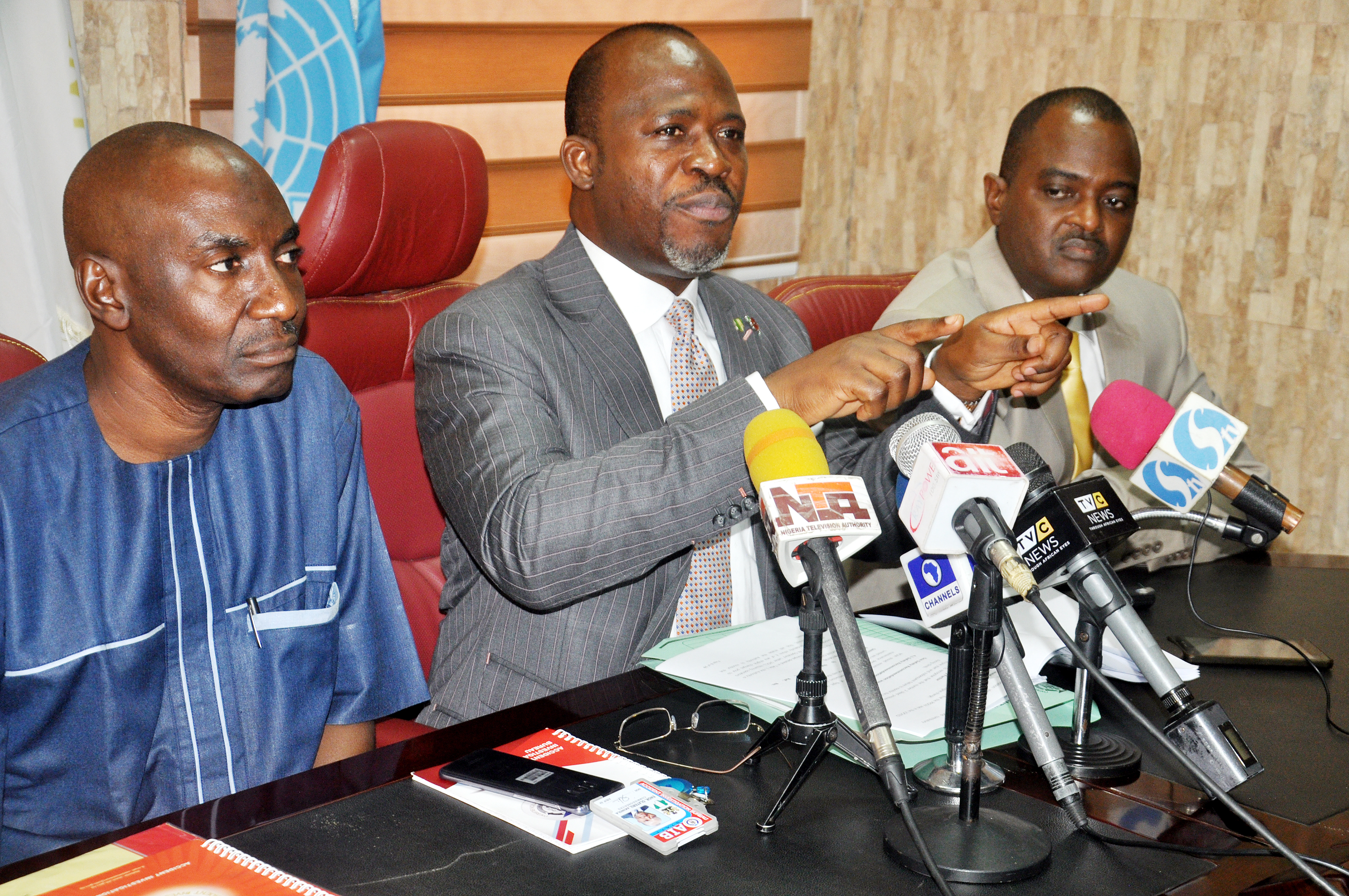
Accident investigation Bureau (AIB) today released another four final reports of serious incidents involving some aircraft in Nigerian airspace.
The release brought to 10 the number of such reports made available to the public this year.
According to AIB serious incident reports were those that involved the aircraft that belonged to a scheduled airline operator, two aviation schools and a private company.
The affected companies are: Aero Contractors airline, Nigeria College of Aviation Technology (NCAT) Zaria, International Aviation College (IAC), Ilorin and Gitto Constructzioni Generali Nigeria Limited.
Given the breakdown of the final reports on the incidents, AIB Commissioner, Engr. Akin Olateru said the bureau has in the last one decade of its existence in the industry made 117 safety recommendations out of which 35 was made within by his management team which came on board early this year.
It would be recalled that in March this year, AIB released the accident reports of Dana Air crash of June 3, 2012 and three other reports. Again in August, it released another two final reports and a Safety Bulletin. It was the first time that the Bureau would be releasing a Safety Bulletin.
Olateru said when he came on board about a year ago he met 27 backlog of accident reports which were not made public. He said with the 10 reports and one safety bulletin made public, and a promise to release six more final reports in the first quarter of 2018, the AIB commissioner said he has kept the promises made for the purpose of accident prevention.
“Early this year, when this management came onboard, we made a pledge to clear the backlog of outstanding accident investigation reports we inherited, which were about 27 as at the time we took over. I am happy to announce to you today that we have kept our promise.
“This management embarked on a relentless pursuit of releasing accident reports in order to achieve the main purpose of accident investigation, which is accident prevention”.
Presenting the report on the serious incident involving a Boeing 737-500 with registration 5N-BLE belonging to Aero Contractors Company of Nigeria Ltd, which occurred at FL330 en route Kaduna Airport on June 5, 2015; the AIB commissioner who gave the contributory factor as failure on the part of the flight crew to recognise that the number 2 bleed pressure was zero after engine start and subsequent failure to monitor the pressurisation system during climb made one safety recommendation that NCAA should ensure that the activities of flight operations and maintenance departments of Aero Contractors Company of Nigeria Limited are carried out in compliance with the Nig.CARs.
On the report of the Serious Incident to Nigerian College of Aviation Technology (NCAT) Socata TBM 850 aircraft with registration 5N-BZA which occurred Near Kaduna Airport, Kaduna, Nigeria on the May 21, 2013; AIB noted that the contributing factors as Late recognition of the icing/hailstorm encountered by the pilot during the flight and failure of the pilot to adequately follow aircraft certification standards (procedures/limitations) for turbulent air, storms and icing conditions penetration.
He added that “The safety issues in this report focused on TBM-850 procedures for the use of ice protection systems, radar system, turbulence and icing penetration, airspeed limitations and information, stall warning/protection system capabilities, operation of the autopilot in icing conditions, aircraft icing certification requirements, and icing-related research as per NCAT’s Approved Operations Manual (AOM) and Airplane Flight Manual (AFM), duty and rest period compliance.”
The bureau therefore gave six safety recommendations as follow:
NCAT should classify all kind of storms as hazardous considering the types of airplanes it operates (light weight) and the nature of operations it conducts (training), thereby delaying or cancelling any intended flight with warning for storm or any adverse weather phenomena;
NCAT should develop and incorporate TBM 850 in its Flying School Training Manual (FSTM) and also basic training on weather radar, its systems and operations procedures and adverse weather recognition and avoidance techniques. These topics would enhance the technical and operational knowledge of weather radar equipment for both the instructors and students;
NCAT should ensure that Instructors and students of turbo propeller-driven airplanes review the guidance contained in their manuals and training programs to include updated icing information and to emphasize that leading edge anti icing/de-icing systems are activated as soon as the airplane encounters icing conditions or when icing condition is anticipated, as per AFM.
NCAT should ensure that before the commencement of any admin flight, all necessary documentation is completed including flight plan and retrieval of weather information especially where such information is readily accessible.
NCAT should ensure that observers neither perform active crew duty nor log any flight time to that effect, in order to add value to his/her personal flying log book and that NCAA should enhance its oversight on all operators of special and private category aircraft to ensure strict compliance with all provisions of Nig.CARs as related to personnel licencing and other operational activities.
1. On the report on the Accident involving Gitto Construczioni Generali Nigeria Limited Bell 407 helicopter with registration 5N-BIC at Uyo Airport, Akwa Ibom State, Nigeria on the October 21, 2009;
Giving the synopsis of the incident, AIB said it was notified by the Nigerian Civil Aviation Authority (NCAA) of the accident on on the second day October 22, 2009 at about 1200hrs.
The accident investigation bureau identified the causal factors as improper maintenance of the oil system which led to oil starvation resulting in the failure of the No. 6, 7, and 8 bearings in the power turbine section of the engine, leading to power loss and Improper identification by the pilot of the transmission chip light illumination during flight instead of the engine chip light.
While it also saw the contributory factors to include the decision of the pilot to continue with the flight from Uyo to Port Harcourt International Airport without identifying the cause of the transmission chip detector indication and the non-replacement of the stage 1 & 2 turbine wheels due to limited life remaining.
It however gave one safety recommendation that NCAA should intensify its surveillance and monitoring on all privately-owned aircraft to ensure that operational and maintenance procedures are strictly adhered to in accordance with the relevant sections of the Nigerian Civil Aviation Regulations (Nig. CARs).
And finally, on the report on the serious incident involving International Aviation College (IAC) Diamond DA42 Aircraft with registration 5N-BNH, on Runway 23 of Ilorin International Airport, which occurred on August 18, 2014 AIB in a synopsis on the accident disclosed that it was notified by International Aviation College (IAC), Ilorin at about 1730hrs on August 18, 2014, of a serious incident involving a Diamond DA42 aircraft with registration number 5N-BNH owned and operated by the College, which occurred on Runway 23 at Ilorin International Airport. Investigators were dispatched to the crash site the following day. AIB said the investigation identified the following causal and contributory factors: The failure to adhere to the main wheel installation procedure as contained in the AMM, Section 32-40-00, bordering on:
a. Minimum clearance check between the MLG tire and the lower wing shell/wheel bay cut-out and Test of correct operation of the landing gear retraction and extension system.
It however identified inadequate oversight by the Quality Assurance department as the contributory factor
Olateru however said the following safety recommendations were made to prevent further serious incidents in the future
The Four Safety Recommendations are as followed: NCAA should intensify its safety oversight responsibilities on the operator to ensure that it adheres strictly to procedures in the AMM and that maintenance records are properly kept.
IAC should restructure its Quality System to provide adequate safety oversight on the maintenance department thereby enhancing airworthy aircraft and safe operations.
IAC should ensure that medical, pathological or toxicological examinations are conducted immediately after an occurrence.
Diamond Aircraft Industries should incorporate the following procedures in the AFM:
1. Landing with partial gear.
2. Resetting emergency extension lever after manual extension.


